[2025 Edition] 6 Famous Spots for Viewing Autumn Leaves in Yabu City , Hyogo Hyogo Prefecture ! Introducing Popular and Hidden Gems
![[2025 Edition] 6 Famous Spots for Viewing Autumn Leaves in Yabu City , Hyogo Hyogo Prefecture ! Introducing Popular and Hidden Gems](https://resources.matcha-jp.com/resize/720x2000/2025/09/29-245381.webp)
Autumn is one of the most beautiful seasons in Yabu City. In autumn, the trees take on vibrant colors around Mt. Hyonosen, Yabu Shrine, and Yokoiki Valley. In this article, we will introduce 6 spots to see autumn leaves in Yabu City!
-
Table of Contents
- Mt. Hyonosen and Mt. Hachibuse (Best time to see: early October to late October)
- Yokoiki Valley(Best time to see: late October to early November)
- Tendaki Falls (Best time to see: late October to mid-November)
- Yabu Shrine (Best time to see: early November to mid-November)
- Nagusa Shrine (Best time to see: early November to mid-November)
- Nikkoin Temple (Best time to see from early November to mid-November)
- Besides the autumn leaves, there are plenty of other autumn plants to see!
- There are plenty of other recommended spots in Yabu City!
List of autumn leaves in Yabu City
| Autumn foliage spots | Best time to see | Highlights |
| Mt. Hyono and Mount Hachibuse | Early October to late October | You can hike while looking at the trees colored with autumn leaves! |
| Yokoiki Valley | Late October to early November | You can enjoy the beautiful natural scenery of the four seasons! |
| Tentaki Falls | Late October to early November | You can see the spectacular waterfall falling against a backdrop of autumn leaves! |
| Yabu Shrine | Early November to mid-November | One of the most famous autumn foliage spots in Hyogo Prefecture. It is also lit up at night! |
| Namakusa Shrine | Early November to mid-November | You can enjoy the combination of the vermilion color of the Mie pagoda and the vibrant autumn leaves! |
| Nikkoin Temple | Early November to mid-November | The highlight is the view of the ginkgo leaves that look like a yellow carpet! |
Please see this article for information on how to get to Yabu City!
Detailed information on how to access the venue from the Hanshin area is provided.
Please feel free to use this as a reference!
Mt. Hyonosen and Mt. Hachibuse (Best time to see: early October to late October)
Mt. Hyonosen and Mt. Hachibuse are designated as "Mt. Hyonosen, Mt. Ushiroyama, Mt. Nagi Quasi-National Park." The surrounding area is blessed with an excellent natural environment, with the only remaining subarctic wetland plants in western Japan, and the golden eagle, a national natural monument, living in this area, making it one of the best natural environments in the Kinki region! In the autumn foliage season, the entire mountain is colored, and you can enjoy hiking while looking at the beautiful scenery.
In addition, Mt. Hyonosen holds the "Mt. Hyonosen Autumn Leaves Climbing Festival" in mid-October, and many people come to see the autumn leaves! 🏔


Yokoiki Valley(Best time to see: late October to early November)
Yokoiki Valley is a valley located on the way to Odan-ga-daira, which is a climbing route to Mt. Mt. Hyono from the Oya-cho side of Yabu City .
The source of the Oya River runs along the Yokoiki Valley all the way to Mt. Hyono.
This is a course where you can enjoy the natural scenery of the four seasons, and is recommended in the summer, but the autumn leaves are also spectacular, making it the perfect hiking course!

Tendaki Falls (Best time to see: late October to mid-November)
From the parking lot at the entrance to Tendaki Valley, climb the mountain path along the mountain stream for about 1.2km, and suddenly a white column of water will appear before your eyes. This waterfall, which flows down as if it is falling from the sky, is Tentaki, the prefecture's largest waterfall with a drop of 98 meters. Due to its majestic and powerful appearance and the legends surrounding the waterfall, Tendaki has been selected as one of the "100 Best Waterfalls in Japan." Many tourists from all over the country visit to see the spectacular waterfall with the autumn leaves behind! 🍂
![[2025 Edition] 6 Famous Spots for Viewing Autumn Leaves in Yabu City , Hyogo Hyogo Prefecture ! Introducing Popular and Hidden Gems](https://resources.matcha-jp.com/resize/720x2000/2024/08/29-194633.webp)
Yabu Shrine (Best time to see: early November to mid-November)
Since ancient times, it has been known as "Yabu Myojin-san" and has been loved by locals as the god of agriculture.
This shrine is one of the five Tajima shrines.
As one of the most famous autumn foliage spots in Hyogo Prefecture, it is crowded with tourists and photographers around early November.
The Yabu Autumn Leaves Festival is held from early to late November, and the area is lit up at night during this period.
![[2025 Edition] 6 Famous Spots for Viewing Autumn Leaves in Yabu City , Hyogo Hyogo Prefecture ! Introducing Popular and Hidden Gems](https://resources.matcha-jp.com/resize/720x2000/2025/09/29-245382.webp)
Nagusa Shrine (Best time to see: early November to mid-November)
The three-story pagoda at Izumo Taisha Shrine was given as a gift in return for providing thick, impressive Myoken cedar trees for the major renovation of the shrine.
Within the grounds there is a giant Myoken cedar tree that is thought to be 250 to 400 years old.
You can enjoy the combination of the vermilion color of the three-story pagoda and the vivid autumn leaves.

Nikkoin Temple (Best time to see from early November to mid-November)
An ancient and prestigious Shingon Buddhist temple said to have been founded by Nikko Keichou.
The temple grounds are a scenic spot overlooking the Ishihara village, and there is a large 600-year-old ginkgo tree within the grounds.
In the autumn, when the leaves change color, the scenery looks like a carpet of yellow leaves.
![[2025 Edition] 6 Famous Spots for Viewing Autumn Leaves in Yabu City , Hyogo Hyogo Prefecture ! Introducing Popular and Hidden Gems](https://resources.matcha-jp.com/resize/720x2000/2024/08/29-194637.webp)
Besides the autumn leaves, there are plenty of other autumn plants to see!
You can see Japanese silver grass at Hachi Plateau and Sugigasawa Plateau, and bush clover at Koshoji Temple!
The best time to see silver grass is from early September to early November, while the best time to see bush clover is mid-September.



There are plenty of other recommended spots in Yabu City!
There are many things to see in Yabu city, such as Tentaki Falls and Yabu Shrine. For an area guide and recommended spots in Yabu city, please see this article.
This is a voluntary tourism organization that promotes the attractions of the northern Kinki region of Tamba, Tajima, Tango, and Wakasa. The flavors of Northern Kinki are not limited to crab, a representative winter sea delicacy, but also include oysters, yellowtail, and pufferfish, as well as cockles, rock oysters, and white squid in the summer, and mountain flavors such as Tamba chestnuts and Tamba black beans, and the summer fruit sand dune melon, making this an area where you can enjoy gourmet food all year round. I would be happy to be able to visit the vast northern Kinki region many times and share information on railroad journeys.
The contents on this page may partially contain automatic translation.


![[ Yabu City, Hyogo Prefecture ] Head to Yabu City and experience nature! A detailed guide to accessing the city from the Hanshin area!](https://resources.matcha-jp.com/resize/200x2000/2024/09/17-197890.webp)










![[ Yabu City Hyogo Prefecture ] Just 2 hours from Osaka! A guide to the beautiful natural surroundings of Yabu City](https://resources.matcha-jp.com/resize/200x2000/2024/05/21-181046.webp)
![[2025-2026 Edition] A thorough explanation of events and festivals in Yabu City Hyogo Prefecture !](https://resources.matcha-jp.com/resize/200x2000/2025/04/27-232129.webp)
![[Hyogo Prefecture Yabu City Prefecture] Take a trip to enjoy the best starry sky in Japan! 3 recommended spots](https://resources.matcha-jp.com/resize/200x2000/2024/06/30-185692.webp)















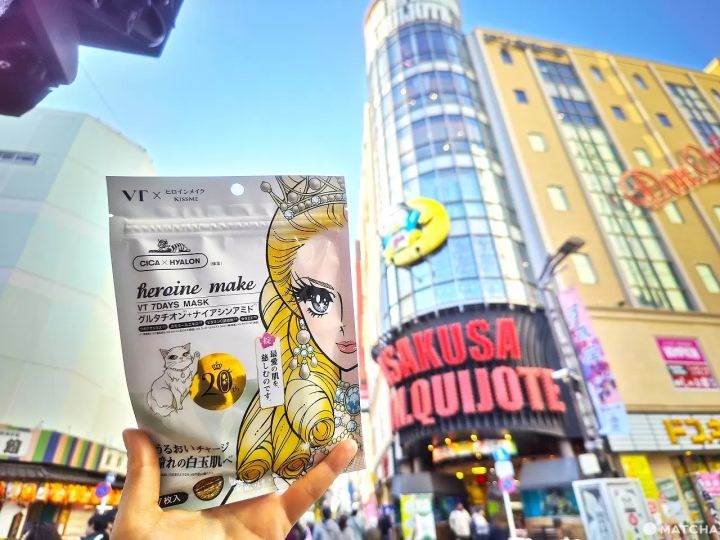

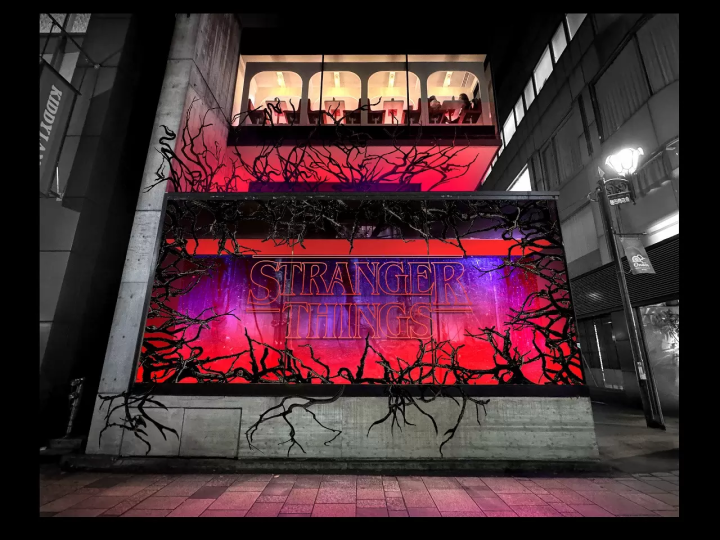
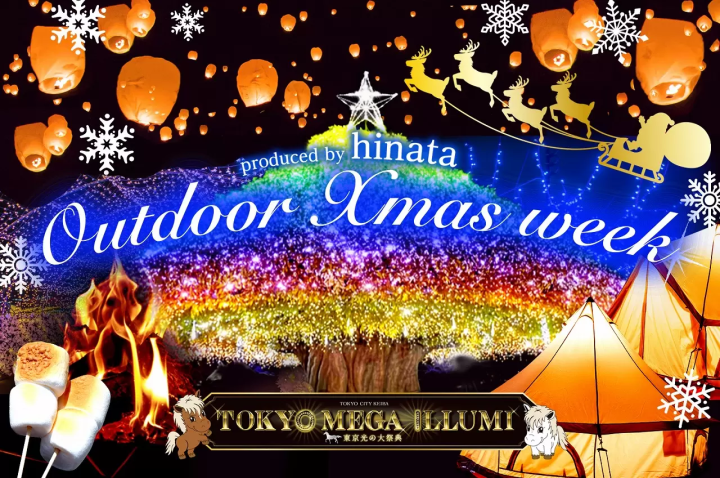
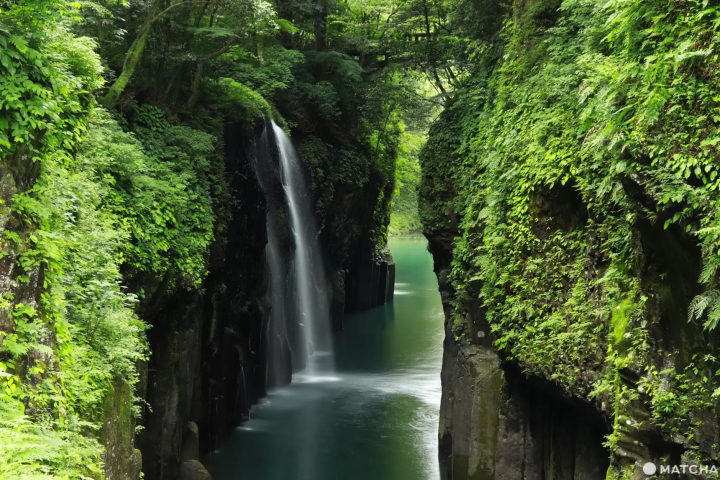




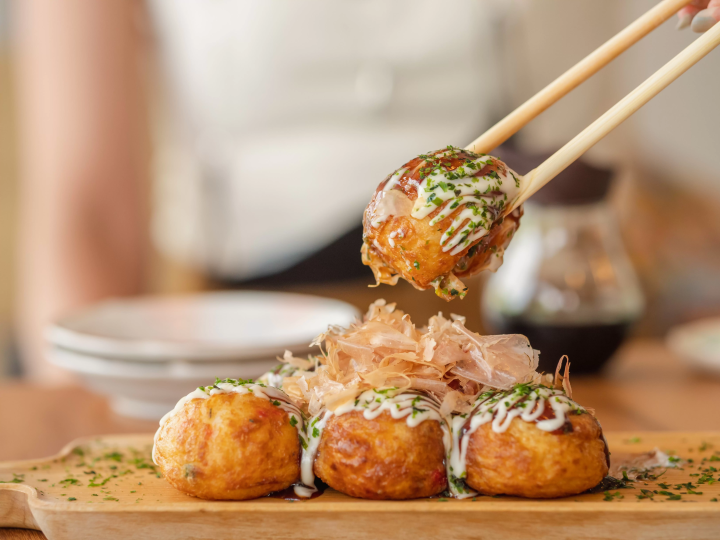
![[2026 Edition] FORMUAL 1 JAPANESE GRAND PRIX Information](https://resources.matcha-jp.com/resize/720x2000/2025/10/05-245984.webp)
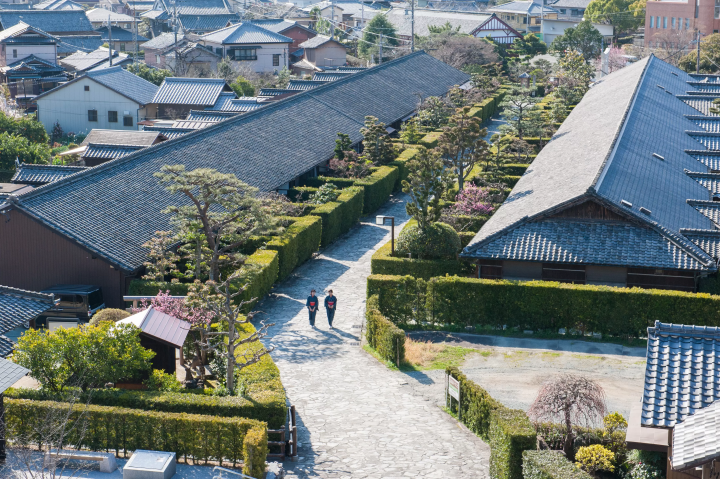
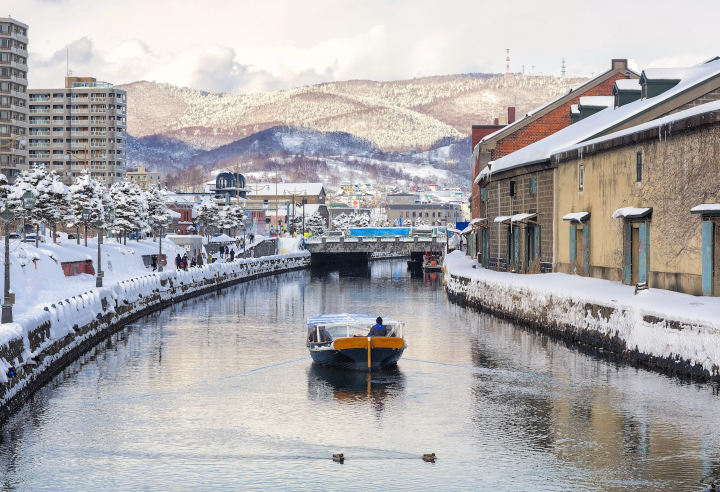
![[2025 Update] Namba's spectacular illuminations! "Namba Hikari Tabi" with approximately 1 million shining lights](https://resources.matcha-jp.com/resize/720x2000/2025/12/12-252825.webp)